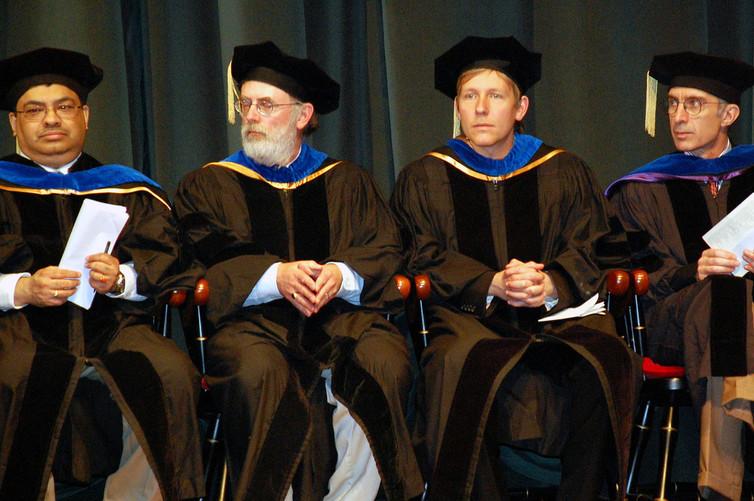
“Wasserman emphasizes the importance of ideas and culture within the rise of Austrofascism, and he makes use of Gramsci’s concept of hegemony as a way of understanding the link between philosophy and politics. The pro-fascist right held a dominant role within major Viennese cultural and educational institutions.“
points to an aspect easily overseen by many in the dominance of an ideology in general. It is disappointing that this notion is not sufficiently elucidated.
First of all, questions arise around notions of the “red city”. How is it possible that in the capital of Austria, apparently “red” home, not only of the Wiener Kreis, but also of Freud, Wittgenstein (in part) and Musil to name a few, this dominant role could exist, come into being? Doesn’t this point to negligence of culture on the part of the left; to shortsighted economism and unionism? If so I hope this is explained in the book, but it should be at least a question in Little’s blog.
Even more important is the strange message for the present political conjuncture that Little seems to extract from this history. Starting with
“Several recent posts have commented on the rise of a nationalistic, nativist politics in numerous contemporary democracies around the world. The implications of this political process are deeply challenging to the values of liberal democracy. We need to try to understand these developments. One plausible approach to trying to understand the dynamics of this turn to the far right is to consider relevantly similar historical examples.”
and ending
“This history is still of great relevance in Austria today. The Austrian far right came within a handful of votes of winning the presidency in May 2016”.
He seems to imply that the rise of these political movements (which are unscrupulously labeled as “far-right” by Little) have benefited from a dominant position in the ideological apparatuses. I don’t know about the situation in Vienna, but in the rest of the Western democracies this is simply not true. Most of the universities (humanities) and cultural institutions have an extremely political correct orientation on the leftish cosmopolitan center. Leading to an exclusion of other dispositions. The mentioned politics are a protest against this dominant ideology that has no eye for the consequences of the worldwide development of capital for the lower and middle classes in the Western democracies. The nationalist tendencies are a signal of intellectual poverty; not of any dominant position in the universities. This turns the perspective 180 degrees and raises the question were Little stands.